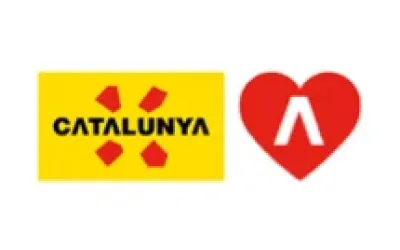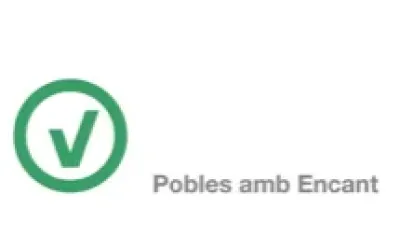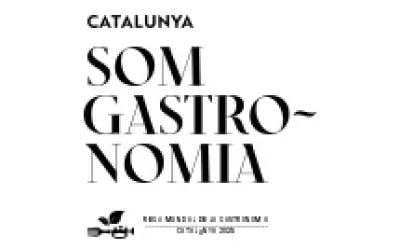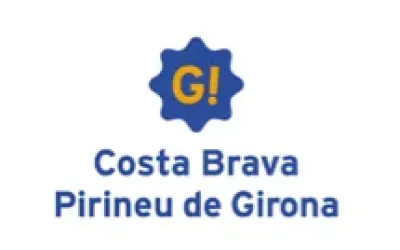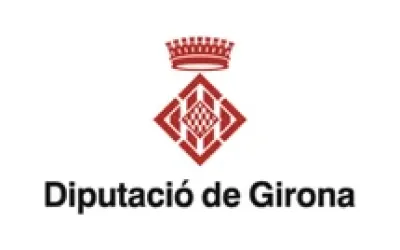Festival of Segar and Batre
Until half a century ago, the haystacks and the haylofts were part of the everyday landscape of our surroundings. For years now, however, they have disappeared and we have been able to see that the agrarian transformation has had an impact not only on farm life, but also on our landscape. The sticks or bundles, heaps of cereals in totally manual and artisanal structures, have been replaced by regular and standardised shaped bales. The symmetries of the field, too perfect, have been ordering a landscape of fields made by imposing harvesters that swallow wheat, barley or oats ruthlessly and separate the grain of straw at unexpected speeds, for a few decades now. Nowadays, harvesting and baking have ceased to be a social event, and have become a routine of the productive cycle of the field. Its magic is lost, however, there is the consolation that the peasantry has also been relieved of very heavy and hard work.
The Association of Friends of Cau dels Pins, in collaboration with the City Council of Forallac, recovers the memory of the country. However, the cultural footprint left by our work in the field is very strong and, fortunately, there are several municipalities in Catalonia that revive this work to what it was before, with the aim of remembering it even if only in a fun way. Among these municipalities is Forallac, where since 1995, this traditional process of the peasantry has been revived, with a consolidated celebration at Cau dels Pins in Sant Climent de Peralta.
The festival is held in three parts, which correspond to the planting (December), the harvest (June) and the threshing (July). The three processes are carried out manually or with the use of period tools, respecting tradition as much as possible. Although the main dish of the festival corresponds to the threshing and the construction of the haystack, planting and harvest are gradually becoming centres of attention from many people who come to the field of the Cau dels Pins to discover in situ how these tasks were done.
Next edition:









